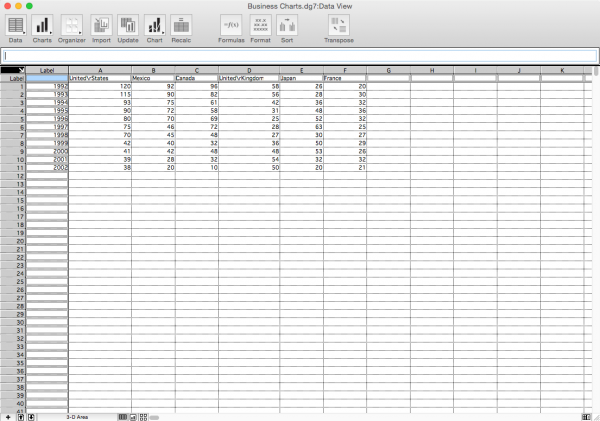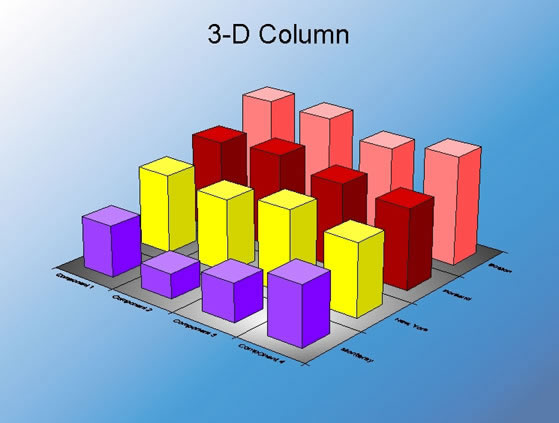

If we normalize it by unique logons, we rather see those numbers increasing, meaning that those playing now contribute relatively more to the sandbox than the general population in the previous years, which is a great sign:

Here you can see that, contrary to some conclusions that can be drawn from the PCU graph, activity is not going down overall. Moving on to Production and Destruction in EVE, here is a graph showing the total value destroyed (orange) vs. The former is especially interesting considering the fact that incursion payouts were the 3rd largest ISK faucet in September, at 8.3T ISK, which you'll see this later in this blog, and on top of this is the added value of Concord LP payouts for clearing incursions. You can see some interesting and unexpected things like the fact that only 1.5% of players run Incursions and 13.8% of players engage in PVP on any given day. It's good to see that so many of you going out of the stations to get some fresh air, the market is used heavily of course, which fuels devblogs like this one to happen. skillqueue changes, I wanted to give you a glimpse into actual activity numbers and the state of the EVE Online economy.įirst to summarize what players are doing when they log in, these are just some semi-random events I took from our logs: While EVE PCU has been declining a bit for the past two years for various reasons, e.g. on Chribba's, but here is a graph showing the 30 day moving average of it since Aug 2012:

Many players rely on daily Peak Concurrent Users (PCU) numbers to estimate activity in EVE Online since PCU is the only official number that is available for players to see, e.g.
#ONLINE DELTAGRAPH SERIES#
All line-graphs have the same theme the daily series is a thin barely visible line, with the thick line representing a 30-day moving average. FYI for the data science minded: Every single graph is made procedurally in R with the ggplot2 package, with no post-processing done what so ever. In this devblog I will go through all the graphs presented and the details behind them. This also meant a lot of new graphs, often complex ones that in hindsight are not very suitable to fit into a 30 minute presentation at the 3rd day of EVE Vegas. f) In a separate, well-organized table, give the values of m, σ ^ m ^ , b ^, σ ^ b ^ , σ ^ y , and Δ vap H ∘ (including their 95% confidence limits) obtained by the fitting software, as well as Δ v a p H ∘ from a (cited) literature reference.In EVE Vegas I presented a lot of data we've either rarely or never made public before. e) Present your calculations in a well-organized table including: t / ∘ C, T / K, T − 1 / K − 1, p / Torr, p / p 0, ln ( p / p 0 ), T − 1 ln ( p / p 0 ) / K − 1 Use the table format above as a guide for preparation of your table. Show on the graph: - the actual experimental points - two calculated points using the fit parameters - the calculated line. c) Calculate the average value of the enthalpy of vaporization ( Δ vap H ) and its 95% confidence limits. (please do not use the built-in functions, but construct the formulae.) (1) slope ( m ^ ) (2) intercept ( b ^ ) (3) the standard error of best estimate of slope ( σ ^ m ^ ) (4) the standard error of best estimate of intercept ( σ ^ b ^ ) (5) the standard error of best estimate of y-values ( σ ^ y )ī) Calculate the 95% confidence limits for the equation parameters ( b and m ). Using a modern scientific computer program (Kaleidagraph, Deltagraph, Excel, SigmaPlot, Origin, Open Office, Google Sheets, etc.) a) Apply the linear least squares method to calculate the best estimate of the fit values. Problem 3 The following methanol vapor pressure data were obtained as a function of temperature: The pressure-temperature relationship according to the Clausius-Clapeyron equation is expressed by ln ( p / p ∘ ) = b + m / T, where T is in K.


 0 kommentar(er)
0 kommentar(er)
